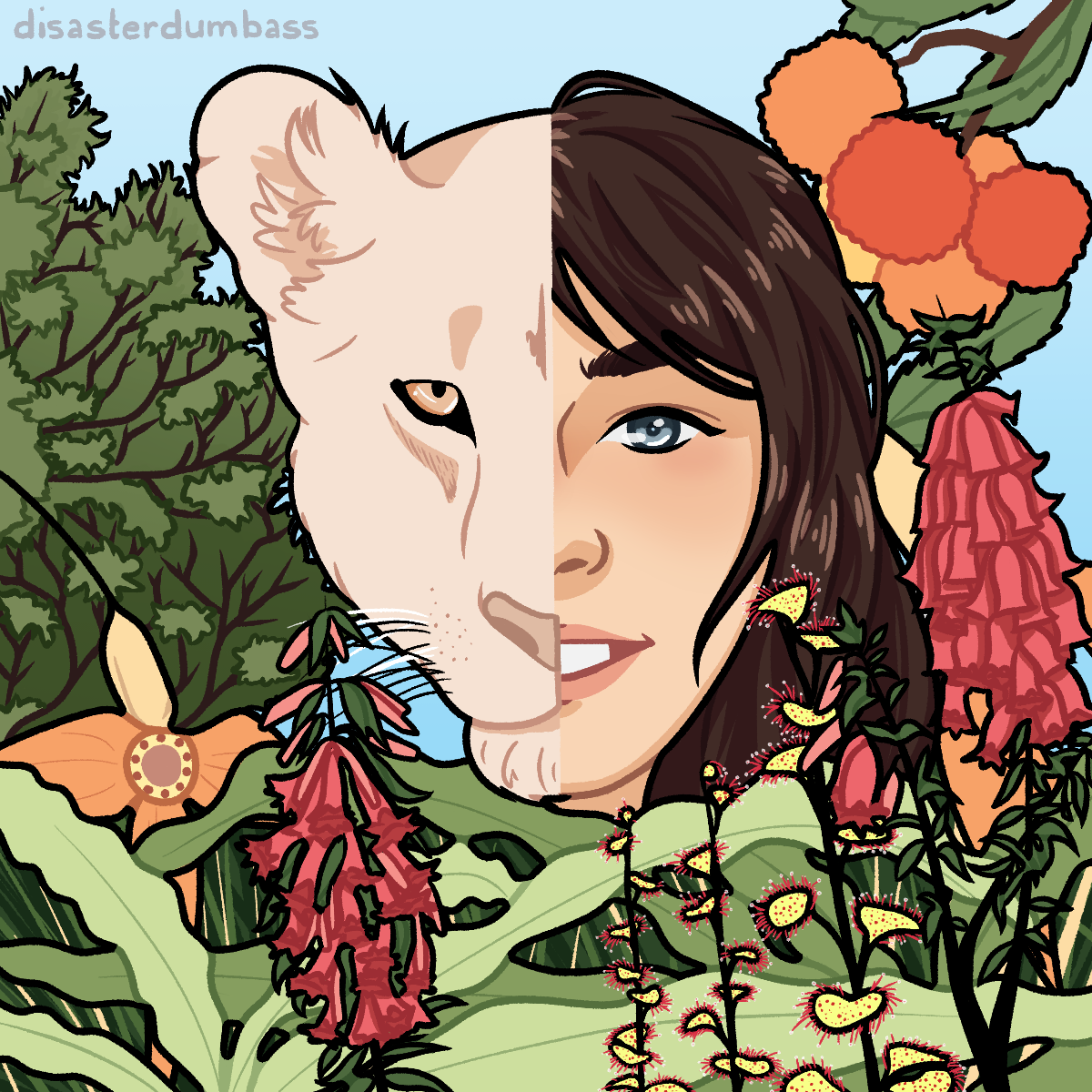Bleaching
Gnomes don't get old, dear. We either die pursuing fantastical dreams, from a wretched disease like the plague or, most often, by the bleaching.
Causes
The bleaching starts affecting gnomes who have reached adulthood and have stopped enjoying the wonders of discovery and life. Those gnomes start losing pigmentation in their skin and hair. What once was a gnome with vibrant pink hair and greenish pastel skin, can become, after five years of no joy, in a white-haired gnome with streaks of pink, and white skin. The changes to the gnomes colouration are only a reflection of the inner life of a gnome: they become more withdrawn from life and depressed. The curiosity by which gnomes as a race are known for is less and less present as the bleaching advances. The mental changes that gnomes experience during the bleaching are the most dangerous ones. For a withdrawn and indifferent gnome is less likely to seek out new experiences and pleasures of life, which is effectively the only way a gnome can stop the bleaching.Unaffected by the bleaching
Notice the missing skin and hair colouration that can take place in just five years if the gnomes suffering bleaching don't try new experiences.
Five years suffering the bleaching

Prevention
Prevention of the bleaching is relatively easy. The more exciting and vivid experiences a gnome has, the more vibrant their colours and mind alike. This doesn't mean necessarily that gnomes must try and experience new things every month. Most gnomes choose professions they are widely passionate about and as a result, they find joy in their work. A gnome which has a job they find exciting can avoid the bleaching by trying new foods, travelling once in a while, or talking with new people amongst other things. The older a gnome gets, however, the more difficult it is to prevent the bleaching, as they have experienced a myriad of things in their life, and it gets increasingly difficult to obtain new experiences. Some gnomes eventually succumb to the bleaching, while others die trying to pursue a wild new experience or another.Prognosis
The bleaching is, in most cases, fatal. After several years of suffering the bleaching, apathetic gnomes may stop finding self-preservation necessary, and thus may stop eating or drinking. These gnomes eventually wither away and die. However, some gnomes manage to survive the bleaching and become what is known as bleachlings. These gnomes are completely pale, all of their pigment gone from their skin and hair. These beings have a completely different outlook in life than gnomes do: they are calm, quiet, centered, and pensive. Those gnomes who become bleachlings stop experiencing time the way others do, and will forever be the age they were when they underwent the final phases of the bleaching. They also gain increased magical abilities.Bleachlings
Plague and the bleachlings
However, the plague changed the occurrence and disposition of gnome society towards bleachlings. The plague years were hard and long. No gnome went through those years without seeing loved ones die. Elderly gnomes and children were those most affected. The pure harshness of the disease, and what it created in the villages and cities during those years caused many gnomes to lose their interest and curiosity. Never before had so many gnomes bleached so fast. Even very young gnomes were experiencing the bleaching. Few gnomes survived the bleaching, but it became apparent that those that did were immune to the plague. Many bleachlings during the plague stayed with their communities, helping them, either by hunting animals for food, helping those few who could grow crops with their fields, preparing ointments to make those that were ill feel better, and providing a calm and peaceful shoulder on which to cry.Related articles
Very high, most gnomes suffering the bleaching perish from it eventually
Frequency100% of gnomes who reach middle age will have felt it at some point in their adult life, most, however, will manage to keep it at bay for some decades before it starts really settling in
The bleaching during the plague
Most gnomes at the beginning of the plague suffered a renewal, their colours brighter than they had been in several years. At the beginning everything was new. People were trying to find cures, device solutions, improvise...All of this was new, and even gnomes which were already a couple of years into the bleaching reversed from it. But then the plague didn't leave. It wasn't a disease that came, infected us, and left. Year after year new people got infected, many of them died. Food became unavailable in most cities, as many farms were struggling to maintain enough crops to feed themselves. There's no joy in trying new foods when you are doing it to stop starvation. No joy in discovering what do putrid bodies smell like. So, while the plague didn't affect nor kill nearly as many gnomes as it did humans, the bleaching took many gnome lives during the plague years. Most died from it, while a few became bleachlings.The plague anticipated the bleaching attitude for many. Gnomes don't handle depression well, and many started going into bleaching while they were still quite young. When our baby died during the second year of the plague, my husband, who had been managing quite ok until then, crumbled. He was a shell of his former self, even before the colour started leaving his body. It only took a couple of years for the bleaching to take him away from me.
Djir, have you noticed that those bleached gnomes are leaving Sprawling City now that the plague seems to be over? There seems to be a lot less around lately!












This a fascinating take on an emotional condition with very physical properties. I love that it came with a positive with an immunity to the plague. I would like to know more about the plague. There isn't much there about it. Were you planning on doing another article on it?
Hi Scaley, There's already an article (with a link to it in the first sentence) but it's private, like the rest of my world outside of what I created for SC. But the link has a tooltip which, hopefully, provides enough information. Anything to add about the bleaching itself?
Hmm, I don't see the link with the tooltip...but I've been known to be blind before. One curiosity about the bleachlings. It says the survivors stop aging. Do they die of old age still? Does this give them any resistances to aging in general? Experiencing new things every month does sound a bit extreme. It's almost like they have to pace out their experiences to make sure they don't run out too soon. That would be an interesting culture. Delaying travel for a couple of weeks just to make it further from their last new experience.